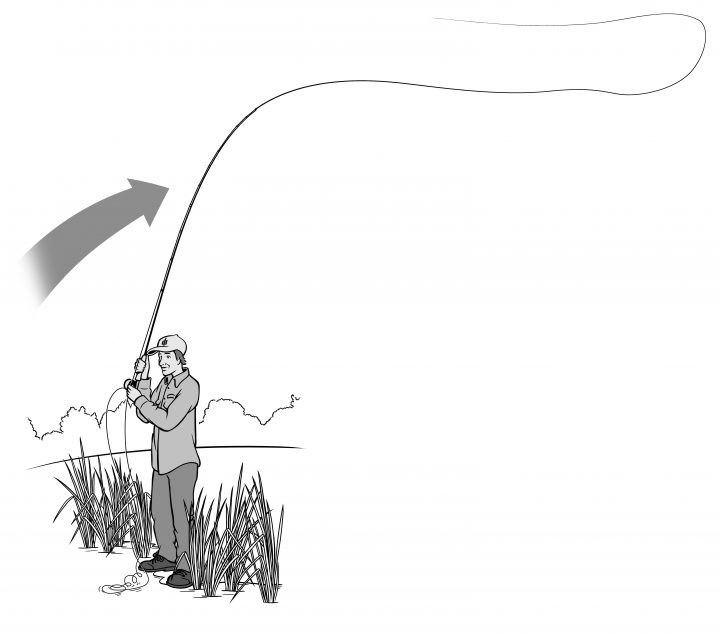By: Chris O’Byrne
Fly casters have certain advantages over spin and bait casting anglers. Because of the false cast technique, one advantage is their ability to check where the final cast is going to land before they launch it.
A searching angler in any scenario will cast near structure, or into current seams or under vegetation many times a day. Each of these might negatively affect their fly line, leader or fly. But it does not have to.
To get their cast into those fishy, sheltered spots while avoiding close encounters with nature, the thinking fly angler will consider where each cast should go. After presenting their fly, but before pulling back on the next cast, they check how the fly line, leader and fly are situated. Did water current, boat drift or wind move the rig? Has the fly sunk on top of some structure which needs to be avoided? Has the angler’s position relative to the target changed? Once a mental image of the line’s best location is decided on, they back cast.

Now, the successful angler uses the false cast to note where the fly line is aimed. While the line moves above their head, but before committing to putting the line in the water, they use peripheral vision and imagination to predict where the fly line is headed. Is it lined up to hit the fish holding spot and avoid the fly stealing structure? Or is another back cast needed to reposition the line? Something to consider is that luminaries such as Lefty Kreh have suggested that the long bills on “Hemingway fishing caps” might disrupt the skill of tracking the flight of the fly line.
As important as it is to gauge upcoming casts, false casting quickly becomes counterproductive. With a view to stealth, keep false casts to a minimum. You can also make the false casts shorter than the presentation cast by stripping in the previous cast a little more than normal, then load the rod well to shoot the necessary amount on the presentation cast. Or, without cracking off your fly, you might make the forward false casts just a touch quicker.
False casting is not just a necessity, it is an opportunity to improve your final approach to the fish. While too many false casts should be avoided, if we pay attention, our false casting gives us a chance to be safer while making casts to fishy spots.

